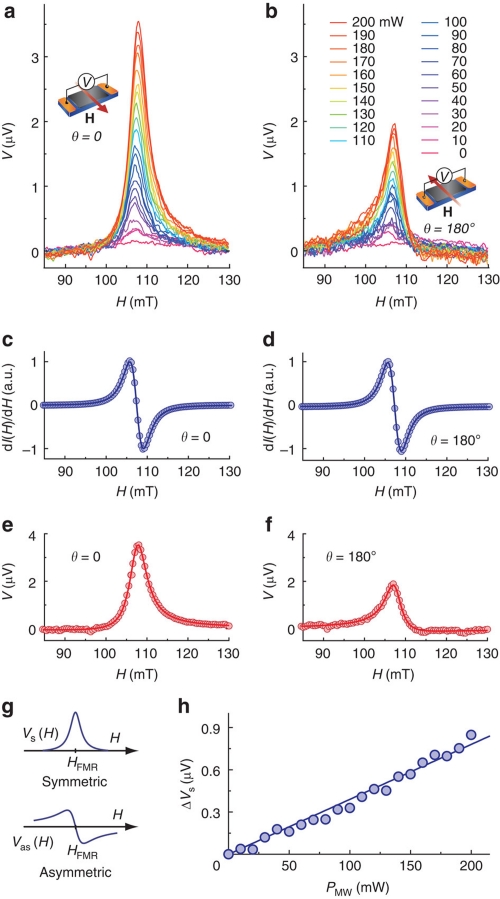Figure 2. Observation of ISHE in silicon.
(a) Field (H) dependence of the electromotive force V measured for the Ni81Fe19/p-Si film when θ=0 at different microwave excitation powers. The external magnetic field is applied along the film plane. Here the background voltage due to the microwave irradiation is subtracted from the V spectra. The inset shows a schematic illustration of the experimental set-up when θ=0. (b) H dependence of V measured for the Ni81Fe19/p-Si film when θ=180° at different microwave excitation powers. (c) H dependence of the FMR signal dI(H)/dH measured for the Ni81Fe19/p-Si film when θ=0 at 200 mW microwave excitation (see the inset to a). I is the microwave absorption intensity. The solid circles are the experimental data. The solid curve shows the fitting result using the first derivative of a Lorentz function. (d) H dependence of dI(H)/dH for the Ni81Fe19/p-Si film when θ=180° at 200 mW microwave excitation (see the inset to b). (e) H dependence of V for the Ni81Fe19/p-Si film when θ=0. The solid circles are the experimental data. The solid curve shows the fitting result using  with the parameters Vs=3.50 μV and Vas=−0.41 μV. (f) H dependence of V measured for the Ni81Fe19/p-Si film when θ=180°. The solid curve shows the fitting result with the parameters Vs=1.76 μV and Vas=0.41 μV. (g) The spectral shape of the symmetric Vs (H) and asymmetric Vas (H) components of the electromotive force V (H). (h) Microwave power PMW dependence of ΔVs, where
with the parameters Vs=3.50 μV and Vas=−0.41 μV. (f) H dependence of V measured for the Ni81Fe19/p-Si film when θ=180°. The solid curve shows the fitting result with the parameters Vs=1.76 μV and Vas=0.41 μV. (g) The spectral shape of the symmetric Vs (H) and asymmetric Vas (H) components of the electromotive force V (H). (h) Microwave power PMW dependence of ΔVs, where  . The solid circles are the experimental data. The solid line shows the linear fit to the data.
. The solid circles are the experimental data. The solid line shows the linear fit to the data.

